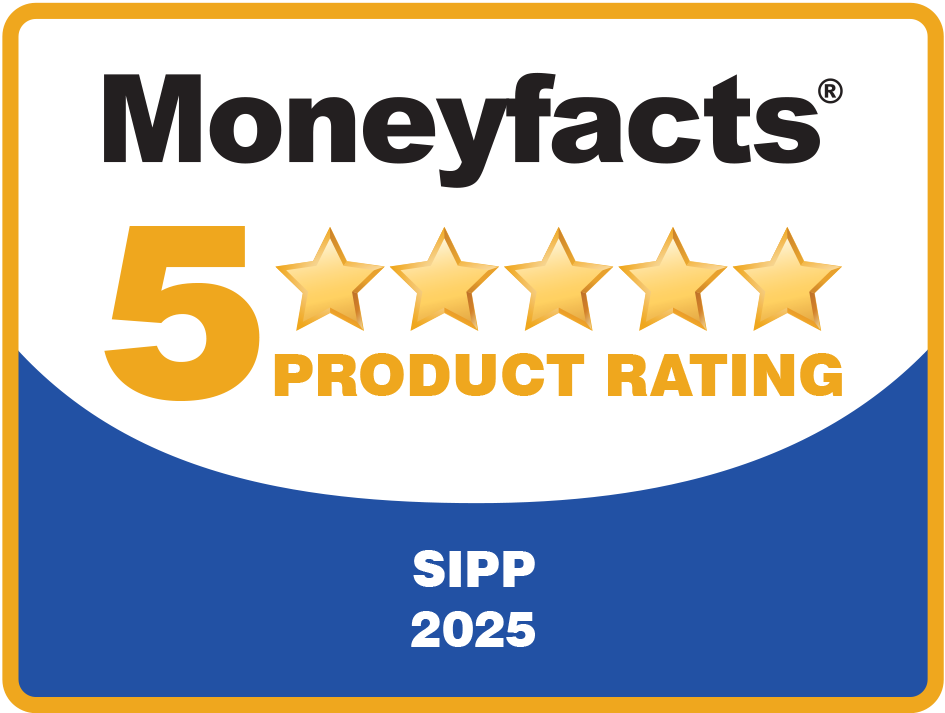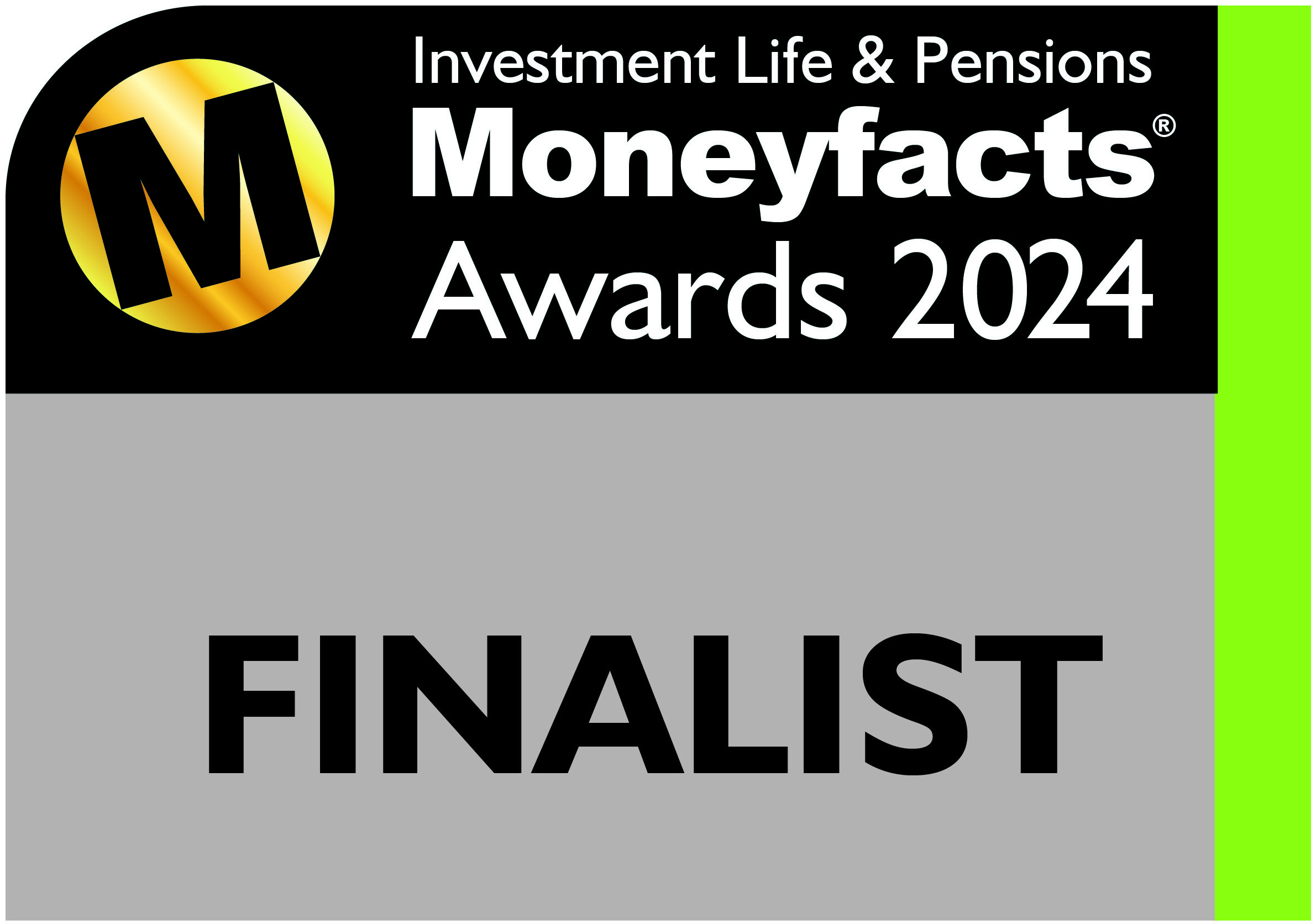SIPP or SSAS – what’s the best option for your client?
When we’re speaking to financial advisers and planners to discuss the self-invested pension options for their clients, there’s one question we’re asked more than any other: SIPP or SSAS?
It’s a question that still does not have an easy answer.
You can point to the SIPP being the “one size fits all” solution. The growth in the SIPP market over the last couple of decades has been well-documented and, as of April 2021, Defaqto reported there were more than 120 SIPP offerings in the market from 74 different providers.
There is usually a SIPP to suit everyone, and clients can often set up a SIPP online in just a matter of minutes.
While SIPPs remain popular, clients should not automatically discount a SSAS.
In fact, FTAdviser reports that new SSAS registrations and enquiries have increased over the last couple of years thanks to, in part, the greater flexibility a SSAS offers as people look at ways to mitigate the financial impact of the Covid pandemic.
SIPPs and SSASs share a lot in common. Both are registered pension schemes with HMRC and are broadly subject to the same guidelines regarding investments, drawing benefits, and borrowing. The level of flexibility on offer will depend on the SIPP provider your client selects.
However, there are some important differences between SIPPs and SSASs which may affect the answer to the original question when considering which route to select for your client.
Read on to find out more – and we will attempt to remain as impartial as we can from our position of firmly being in the SIPP camp!
The brief lowdown on SSAS
A small self-administered scheme (SSAS) is an occupational pension scheme that, historically, has been established for senior staff members of limited companies looking for greater investment flexibility.
This flexibility might include purchasing commercial property as well as making loans to, and having shares in, the sponsoring employer – the latter two options being something most SIPP providers will typically not offer.
Rather than joining a large, already established scheme a SSAS is individually registered with HMRC. The timescales for this registration to take place can vary, however this can take anywhere between three and six months.
So, if you have a client who needs to move quickly (perhaps to instruct solicitors on a property purchase) they would need to consider this.
As the name suggests, a SSAS tends to have a smaller number of members, up to a maximum of 11. Usually, each member of the SSAS acts as a trustee to the scheme.
This can allow a greater degree of flexibility compared to most SIPPs as the clients have a say in how the scheme is run.
That said, there is also more onus placed on an individual as they are responsible for the day-to-day running of the SSAS, which can include:
- Making investments
- Carrying out the required returns to HMRC
- Dealing with contribution tax relief.
A professional trustee will usually sit alongside the member trustees.
For larger numbers of clients, a SSAS could prove to be a cost-effective option. Most professional trustees will charge an annual fee for assisting with the scheme, followed by a lower cost for each member.
There are two key points that differentiate SSASs and SIPPs:
- In a SSAS, assets are typically not allocated to each individual client. Instead, each client has a percentage beneficial ownership of the scheme.
- SSASs are not regulated by the FCA. This means there is no distinction between standard and non-standard assets, as is the case with SIPPs.
The brief lowdown on SIPPs
A self-invested personal pension (SIPP) is a personal pension that can be set up with an insurance company or specialist SIPP operator. Anyone can take out a SIPP providing they meet their chosen provider’s eligibility requirements. These requirements can vary when it comes to criteria such as minimum fund requirements.
By establishing a SIPP, an individual is joining an already established scheme. Their arrangements (and assets) are ringfenced from other members of the scheme so that these are easily identifiable and attributable to that individual.
Most SIPPs are “master trust” arrangements. This means that the SIPP provider is the sole trustee and is the only party that is an authorised signatory to the SIPP.
However, it is often the case that the provider will allow individuals and their advisers to give investment instructions directly on the SIPP’s behalf. Some SIPPs are on a co-trustee basis, meaning that these work on a similar basis to a SSAS where the client is also a trustee.
Unlike a SSAS, the SIPP provider will typically be responsible for the day-to-day administration of the SIPP. For example, a SIPP provider will submit one tax relief reclaim to HMRC for all clients that have made personal contributions to a SIPP on a monthly basis.
As briefly touched upon earlier, the evolution of the SIPP market now means there are various offerings available. These have varying levels of flexibility in terms of service, charges, investments available and the way clients can draw benefits. It is important to ensure that the SIPP selected for an individual will meet their requirements.
So… SIPP or SSAS?
While there are pros and cons to each type of arrangement, the right choice will depend on each individual scenario.
Historically, SSASs have been left behind as the SIPP industry has grown – although the SSAS has made a comeback over recent years.
When advisers ask us the SSAS or SIPP question, the first thing we ask them is: “why would you consider a SSAS over a SIPP?”
A SSAS is the right avenue if their answer is:
- Clients want to buy shares in their company
- Clients want to make a loan to their company from the pension scheme.
Cost can also be a factor.
Typically, SSAS administrators will charge a fee to run the scheme in addition to a small “per member” fee. So, if you have six directors using a pension scheme to purchase the company’s business premises, this can be more cost-effective than running six individual SIPPs.
However, the trade-off can be that each of these clients will be trustees, putting individual responsibilities on each of them. The ongoing administration of the SSAS, plus the need for all clients to sign scheme documentation in some instances, means that members end up committing additional time and effort to the management of the scheme.
Furthermore, trustee decisions must be unanimous so may not suit different levels of investment risk profiles between scheme members. Think of someone approaching retirement as opposed to someone still building their pension savings.
Most clients who consider a SIPP or a SSAS are high net worth individuals busy running their own companies. Do they really want to run a pension scheme too?
It may not surprise you to learn…
…that, in most cases, we believe SIPPs are a better choice for clients!
One of the reasons for this is that SIPPs are individual arrangements.
So, while a group of SIPP clients may come together to make a joint investment (for example, a property) any other action they take in regard to their pension (transfers in, contributions, other investments, taking benefits, and so on) usually does not impact the other members of their group. Clients may not want their colleagues to know everything about their pension!
Buying property can be testing enough. Buying a property through a pension can add an extra (but not unmanageable) layer of complexity. Under a SSAS, you then need to consider that each trustee (client) may need to sign all documentation relating to that purchase.
With a SIPP such as ours, IPM is able to sign all documentation in-house on the same day.
It’s true that the cost of running several individual SIPPs can be more expensive than running one SSAS. Of course, this depends on which SIPP provider your clients work with – note that we’re one of the most cost-effective SIPP providers in the market for SIPP property purchase.
However, clients may be happy to pay some additional fees so that:
- They are not trustees to the pension
- They can keep their pension benefits separate from their colleagues, especially where someone leaves the company. Under a SSAS they could still be a trustee.
A client can establish a SIPP immediately whereas the time to establish a SSAS can vary. And, as the SSAS needs to be registered with HMRC, this can delay when payments can be made which is particularly crucial around the end of the tax year or the company year end. The registration process can take up to six months.
Despite all this, the SSAS is still a useful tool in an adviser’s armoury when dealing with high net worth and bespoke pension situations.
Should the need arise, a SIPP to SSAS transfer is possible so that the client benefits from the additional flexibility they require in terms of running the scheme, the investments it can make, or mitigating costs.
Get in touch
If you want to have a chat about the potential of SIPPs for your clients, or any other aspects of pension planning, please contact us. Email info@ipm-pensions.co.uk or call 01438 747 151.



